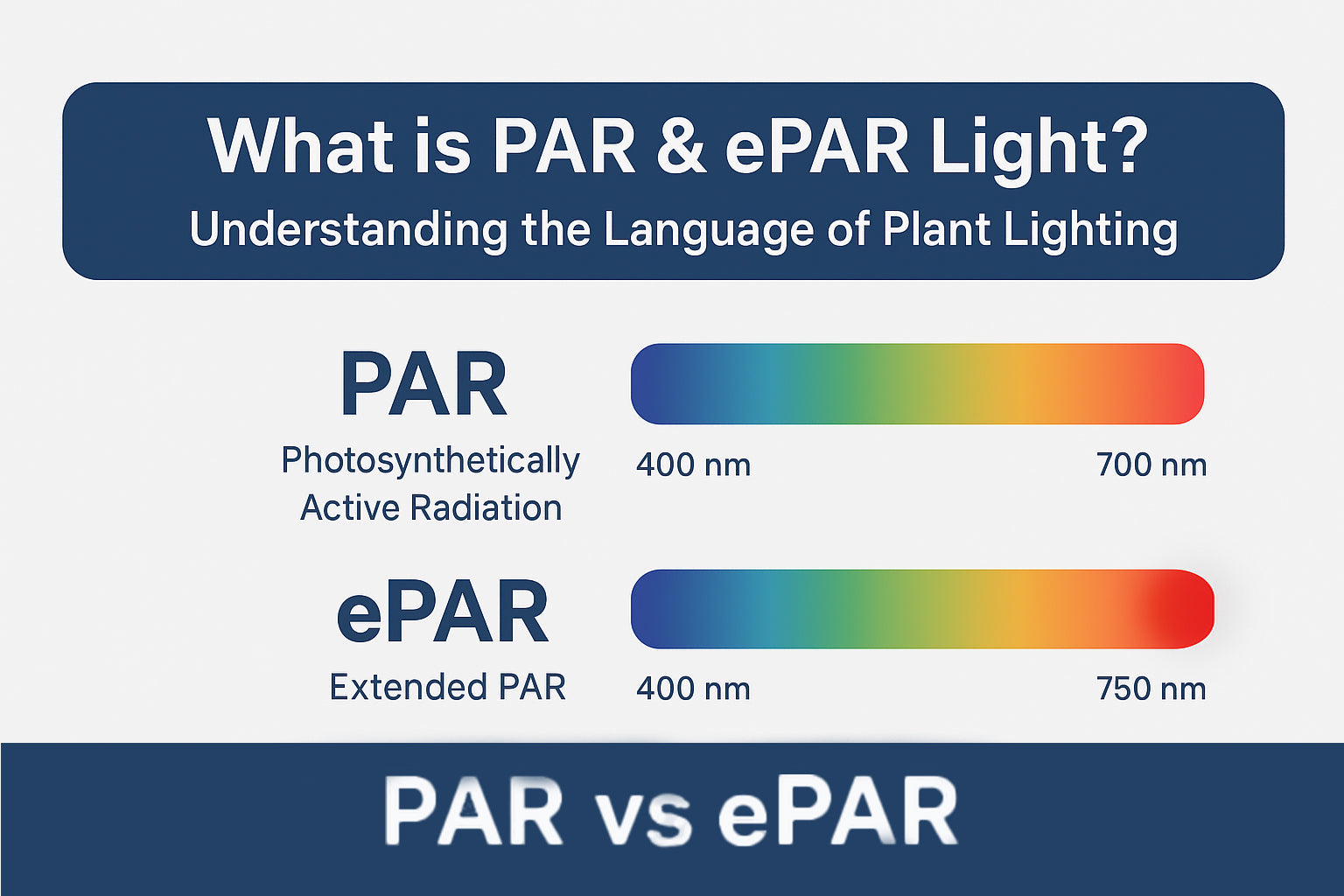9% OFF For New Subscribers

Optimal Height for LED Grow Lights Above Plants
When it comes to indoor gardening, providing the right amount of light is crucial for the health and growth of your plants. LED grow lights have become increasingly popular due to their energy efficiency and ability to provide the specific light spectrum that plants need for photosynthesis.
However, to ensure optimal growth, it is important to position the LED grow lights at the correct height above your plants. In this blog post, we will explore the factors that determine the optimal height for LED grow lights and how to achieve the best results for your indoor garden.

Why is the height of LED grow lights important?
The height at which you position your LED grow lights can greatly impact the growth and development of your plants. If the lights are too close to the plants, they can cause light burn, which leads to bleaching of the leaves and stunted growth. On the other hand, if the lights are too far away, the plants may not receive enough light and can become leggy and weak. Finding the right balance is crucial for ensuring healthy and vigorous growth.
Factors to consider when determining the optimal height
Several factors come into play when determining the optimal height for LED grow lights:
1. Light intensity
The intensity of light emitted by LED grow lights decreases as the distance from the light source increases. It is important to consider the specific light requirements of your plants and adjust the height accordingly.
Plants that require high light intensity, such as tomatoes or peppers, may need the lights to be positioned closer, while plants that require lower light intensity, such as leafy greens, can be placed further away.

2. Plant growth stage
The height of the LED grow lights should also be adjusted based on the growth stage of your plants. During the seedling stage, when plants are small and delicate, the lights should be positioned closer to provide sufficient light for photosynthesis. As the plants grow taller, the lights can be gradually raised to maintain the optimal distance.

3. Heat output
LED grow lights produce heat and UV light for plants, and the distance between the lights and the plants can affect the temperature. If the lights are too close, they can raise the temperature around the plants, potentially causing heat stress. It is important to monitor the temperature and adjust the height accordingly to ensure the plants are not exposed to excessive heat.
How to determine the optimal height for your plants
While the optimal height for LED grow lights can vary depending on the specific requirements of your plants, a general guideline is to start with the lights positioned 12 to 24 inches above the plants.
Monitor the growth and health of your plants closely and make adjustments as needed. If you notice signs of light burn or weak growth, raise the lights slightly. If the plants are stretching towards the lights or showing signs of insufficient light, lower the lights.

Remember to regularly check the manufacturer's recommendations for your specific full spectrum LED grow lights, as different models may have different optimal height ranges. Additionally, consider investing in a light meter to accurately measure the light intensity and ensure your plants are receiving the right amount of light.
In conclusion
The optimal height for LED grow lights above plants is a critical factor in indoor gardening. By considering the light intensity, plant growth stage, and heat output, you can determine the best height for your specific plants. Regular monitoring and adjustments will help you achieve healthy and thriving plants in your indoor garden. Happy growing!
Related articles:
Featured Products


Medic Grow Fold-8 Full-Spectrum 760w Commercial LED Grow Lights ETL & DLC Certified for 4X4/5X5


Medic Grow MINI SUN-2 Full Spectrum Dimmable 150W-500W LED Grow Light for 2X2/3X3


Medic Grow Ez-8 Smart Dimmable Full Spectrum 1000 Watt LED Grow Light for 5X5 Planting


Medic Grow Neo-780/1000 Smart Adjustable Spectrum LED Grow Lights 780/1000w for Veg and Flower


Medic Grow Smart-8 Full Spectrum Dimmable 760W LED Grow Light with Timer - High Yield Lamp for 5x5 Tent


Medic Grow Venus Full Spectrum Cost-Effective 200W LED Grow Light for Vegetative and Beginner: 2X4FT


Medic Grow Fold-650 Built-in dimmer 650W Led Grow Lights V1 Spectrum
Blog Posts

Medic LED Plant Grow Lights: Leading the way in horticultural lighting standards.

🌱 Are You Really Choosing the Right Plant Grow Light?

- led grow light
💡 Top + Bottom Grow Lights: The Future of Precision Cultivation

- hang grow light
🌿 What is PAR & ePAR Light? Understanding the Language of Plant Lighting
Contact Us with Any Idea!
- Choosing a selection results in a full page refresh.
!














